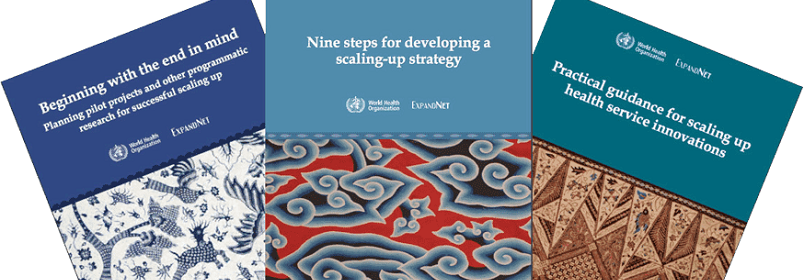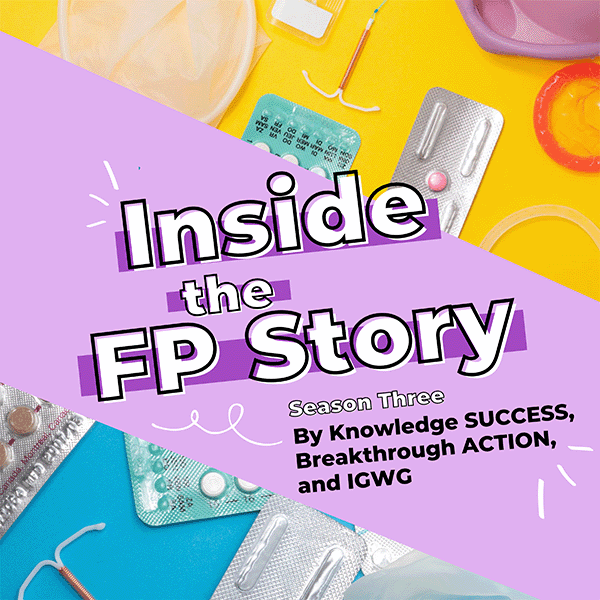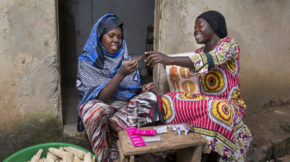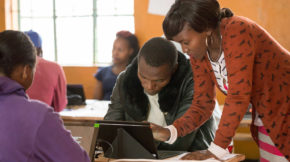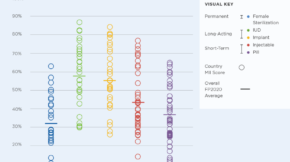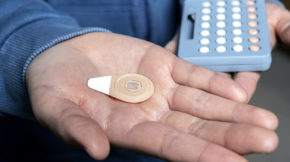K4Health Toolkits
From 2008-2019, the Knowledge for Health (K4Health) Project created and managed the Toolkits platform. Toolkits are practical collections of trusted public health resources, chosen by experts and arranged for easy use. We’re hosting K4Health Toolkits that focus on family planning and reproductive health. Explore below or visit the Toolkits website at toolkits.knowledgesuccess.org.


Community-Based Family Planning Toolkit
Created through a collaborative effort by Johns Hopkins Center for Communication Programs, ICF Macro, FHI, and the U.S. Agency for International Development


Emergency Contraception Toolkit
Created by K4Health and reviewed by the International Consortium for Emergency Contraception (ICEC)
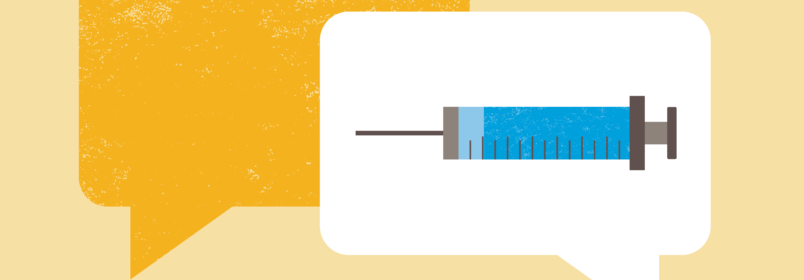
Family Planning & Immunization Integration Toolkit
Created by the Family Planning & Immunization Integration Working Group

Family Planning Advocacy Toolkit
Created through a collaborative effort by multiple organizations and projects

Family Planning Logistics Toolkit
Created by K4Health and IntraHealth International and reviewed by USAID, Reproductive Health Supplies Coalition, and FHI 360

Healthy Timing and Spacing of Pregnancy Toolkit
Created through a collaborative effort by the Extending Service Delivery Project and many others



IUD Toolkit
Created by the IUD Subcommittee of USAID’s Maximizing Access and Quality Initiative

Knowledge Management for Health and Development Toolkit
Created by K4Health and the Global Health Knowledge Collaborative

MICYN-FP Integration Toolkit
Created through a collaborative effort by multiple organizations and projects

Meeting the Sexual and Reproductive Health Needs of Young Married Women and First-time Parents Toolkit
Created by the Bill & Melinda Gates Foundation-funded Momentum project

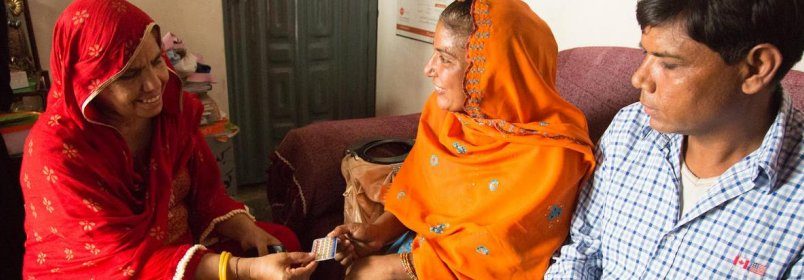

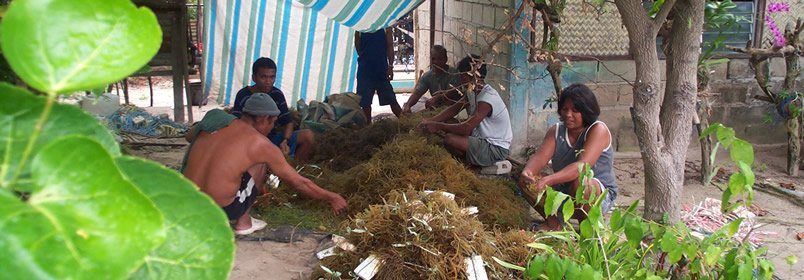
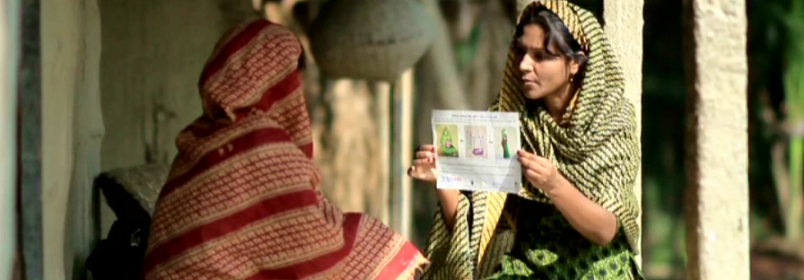
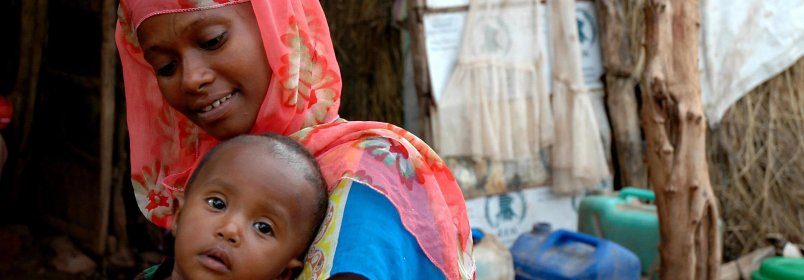
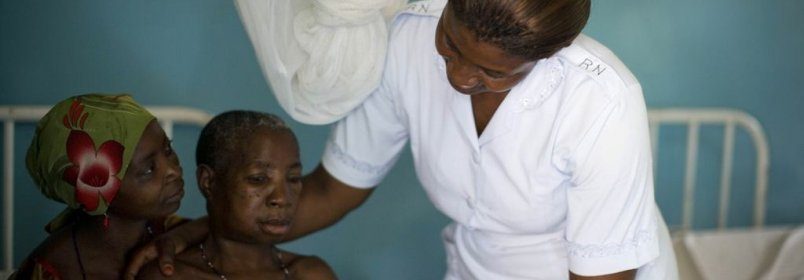
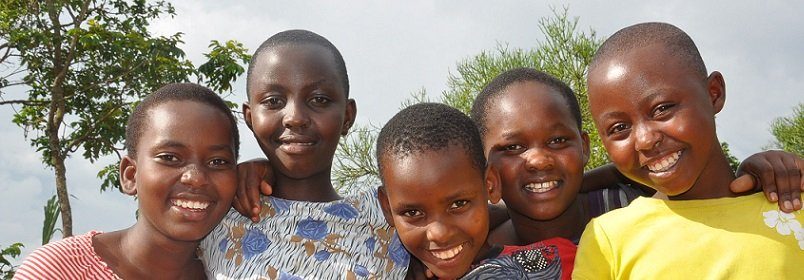
Very Young Adolescent Sexual and Reproductive Health Resource Library
Created by Save the Children and IRH on behalf of the VYA Alliance.





